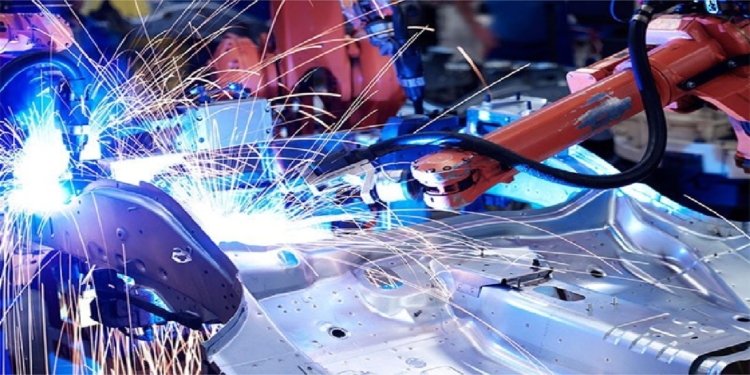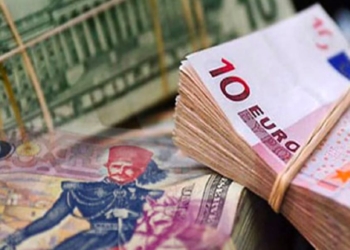After stagnation, the start
It’s a timid breath, but real. In the Tunisian industrial landscape, too often hampered by administrative slowness and political uncertainties, the mechanical and electrical industries are finally finding color.
Relayed by the TAP agency, the information comes from the latest biannual survey on investment carried out by the National Institute of Statistics (INS): the balance of positive opinions in this sector increased from 6% in the second half of 2024 to 23% a year later.
A jump which, in the soft language of statistics, reflects a recovery of confidence among manufacturers and their foreign partners.
The European engine restarts
This awakening can be explained firstly by the resumption of European demand, destination of nearly 77% of Tunisian exports in this area.
Between January and September 2025, mechanical and electrical exports increased by 6.4%, reaching 22.7 billion dinars, according to INS figures. Electrical products, more dynamic, climbed 10.4%, while mechanical products stagnated at +0.5%.
But the main thing is elsewhere: these sectors alone account for almost half of national exports, confirming that industrial Tunisia remains, above all, a Tunisia wired to Europe.
Investment resumes, but at two speeds
The INS survey, however, paints a contrasting picture: investment is picking up again in the chemical (+21 points) and agri-food (+16 points) industries, but is slowing down in construction materials and miscellaneous industries. Textiles and leather, symbols of a changing manufacturing past, remain stable.
This imbalance reveals a reality: Tunisian industrial recovery is not homogeneous, it focuses on sectors with high added value and chains integrated into the European economy.
A strategy for 2035
The government is banking on this dynamic to deploy its Industry and Innovation Strategy for 2035, an ambitious plan expected to create 840,000 jobs and increase exports to 36 billion dinars.
The text, designed as a roadmap for reindustrialization, focuses on the digital transition, technological upgrading and the training of local skills.
But it will have to deal with a reality: a fragmented industrial fabric, often dependent on European subcontracting, and a business environment still marked by fiscal and logistical instability.
With 4,713 manufacturing companies and 530,000 direct jobs, Tunisia has a solid base.
Nearly 45% of companies are entirely exporters, generating 67% of industrial jobs and more than 45 billion dinars in exports per year.
The challenge now is clear: convert recovery into transformation.
Make mechanics and electricity no longer a simple source of growth, but the heart of a rethought industrial sovereignty.
Also read: Tunisia – Foreign trade: Imports soar, exports stagnate






